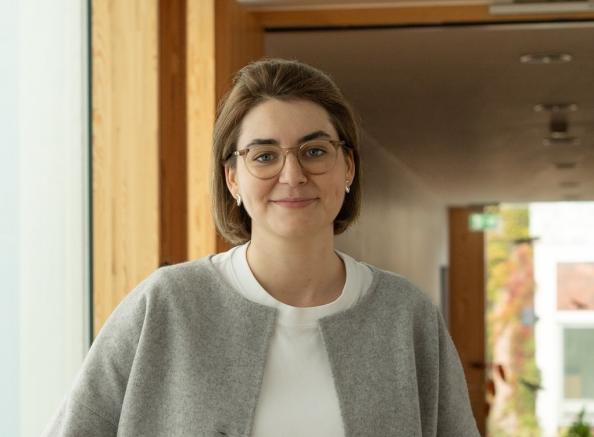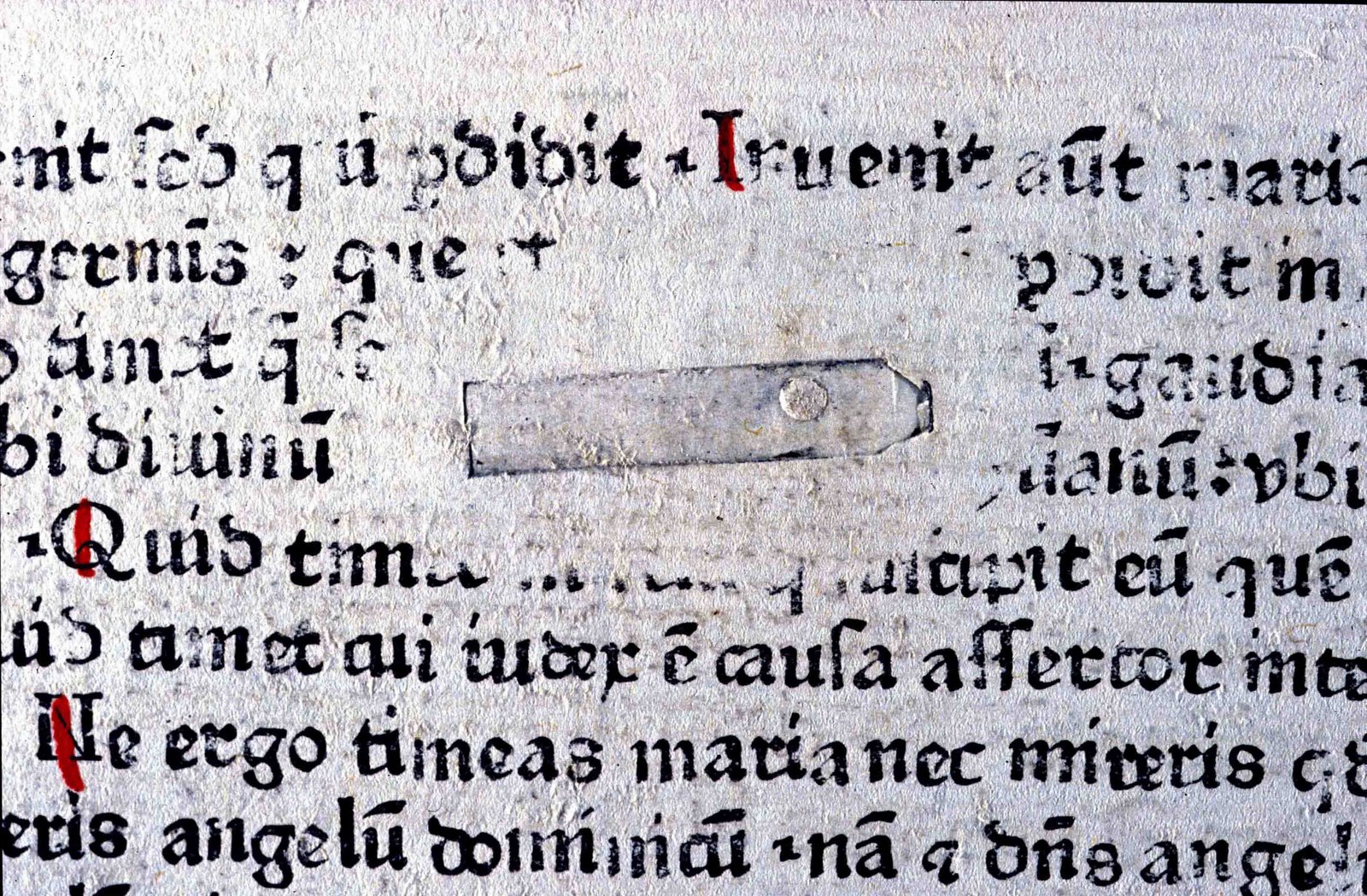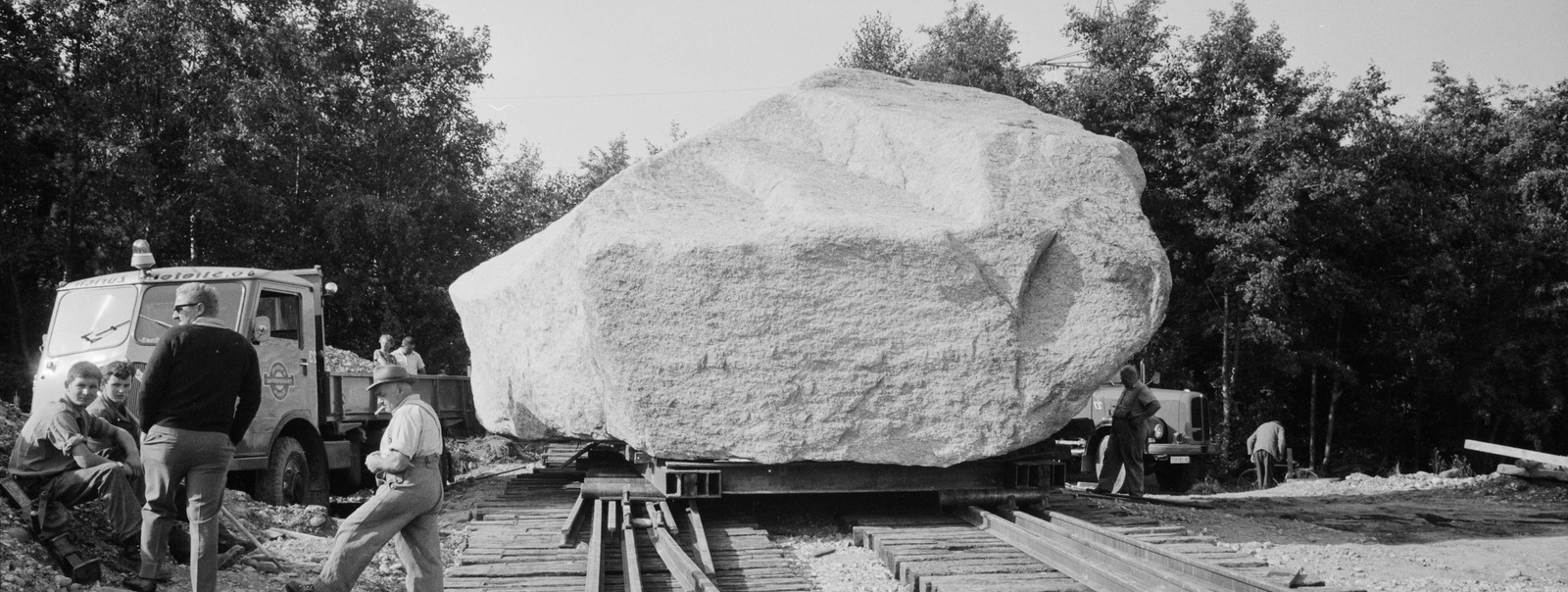
Image 1: Fallen type with flat foot, sloping shoulders and a hole drilled through. From Petrus Damascenus, Liber in laudem Mariae, printed by Nicolaus Götz in Cologne about 1475, Leaf [b4v] (© Cambridge University Library, shelf mark Inc. 3A.4.9, ISTC ip00468000; MEI 02014903 and James Mosley 2007: http://typefoundry.blogspot.com/2007/06/fallen-and-threaded-types.html).
Image 2: Granite Block from Henry de la Beche’s ”The Geological Observer“, Longman, Brown, Green, and Longmans, London 1851 (© “Fig 97”, sketch by W. Griem, in: De la Beche, Henry. (1852): The Geological Observer. Trans. by Carl Hartmann; Verlag B.F. Voigt, Weimar. https://www.geovirtual2.cl/geoliteratur/Beche/Beche-097-Bloque-Erratico.jpg).
Image 3: Large boulder on the construction site of Nordostschweizerische Kraftwerke AG (NOK) in Birrfeld, 1965. Photograph by Jules Vogt (© ETH-Bibliothek Zürich, Bildarchiv).
Of Types and Stones: A Media History of Knowledge on Spatial Deviation
Lena Kasten’s project contributes to a media history of knowledge by examining the epistemological implications of “errant” objects.
The project develops a figure of thought that crosses historical epochs and disciplinary boundaries. By comparing two types of objects that are commonly conceived of as misplaced—printing “errata” and glacier-transported “erratic blocks”—Lena seeks to connect the history of printing with the history of geology.
Both mis-laid metal type and glacial erratics can be seen as disruptive elements of a given symbolic order. An error in print disturbs the consistency of a sentence or the visual layout of a page, while erratic blocks deviate from the surrounding bedrock. Combining media history with a focus on epistemic effects, the project aims to show that these errant objects have influenced processes of knowledge production. It traces discourses concerning their occurrence and origin, then turns to the media employed for their administration, to reveal shifts in scholarship and scientific practices.
Lena’s thesis “Der Querulant. History of a Social Figure” at Zeppelin University, Friedrichshafen, won the Best BA Thesis Award from the Zeppelin Universitätsgesellschaft. She earned her MA in the program “Culture and History of Science and Technology” at TU Berlin.


